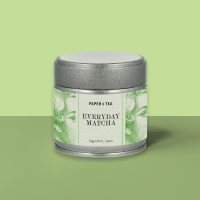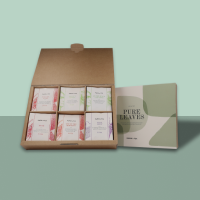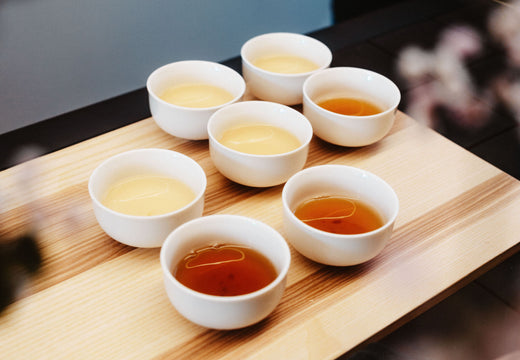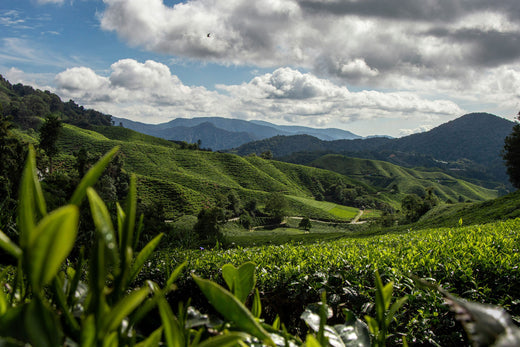Description
Any substance that combines with oxygen undergoes oxidation. Since we live in an oxygen-rich atmosphere on Earth—about 20.9% of our air is oxygen—oxidation constantly occurs around us. The substances that result from this reaction contain oxygen and are classified as oxides (oxygen compounds). The opposite of oxidation is reduction (the removal of oxygen), where oxygen is removed from a chemical compound.
In the context of tea, oxidation refers to the reaction between freshly picked tea leaves and oxygen. White tea undergoes minimal oxidation, resulting in its delicate and floral notes. For green tea, oxidation is halted early, giving it its signature green color and fresh taste. Black tea, on the other hand, is rolled, causing cell structures to break and controlled oxidation to occur. This type of tea is fully oxidized, lending it a dark color and rich, malty aroma. Oolong tea is situated on the oxidation scale between green and black tea, as it is only partially oxidized. The oxidation process in tea production is carefully managed by storing the leaves in controlled environments and turning them regularly.
History of Oxidation
Antoine Laurent de Lavoisier discovered oxidation in the 18th century. Through numerous experiments, he realized that Phosphorus weighed more after burning than in its pure state. Lavoisier concluded that this was due to the absorption of a gas from the air during combustion. This absorbed gas was oxygen, which led to the reaction being named after the Greek term “Oxygenium.”
Fascinating Facts
- A common example of oxidation is lit candles, which is why extinguishing them by smothering the flame works.
- When you leave a sliced apple exposed to air, it turns brown due to oxidation, as specific molecules (polyphenols) react with oxygen. This can be prevented, or at least slowed down, by adding lemon juice because the vitamin C it contains is an antioxidant.
- A frequent misconception in the tea world is equating ‘oxidation’ with ‘fermentation.’ In reality, fermentation is a microbiological process.























